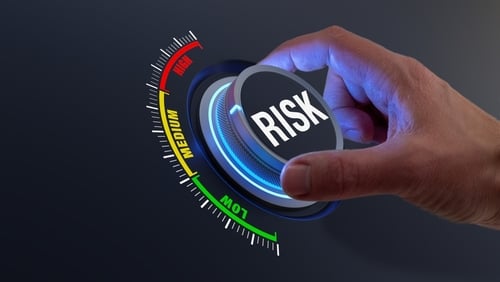A Storm is Coming! Navigating the evolving Fraud in Purchase Validation

We consistently tell brand marketers they must stay vigilant against fraud. As AI evolves, so do the tactics employed by fraudsters, creating a never ending race between marketers seeking to protect their brand investments and scammers looking to exploit them. Understanding the various fraud mechanisms at play can help brand marketers safeguard their campaigns, maintain consumer trust, and ensure the integrity of their marketing efforts.
The Fraud Storm is Coming!Fraud in receipt processing is a significant and growing challenge, particularly as more companies use digital methods for tracking expenses, processing rebates, and offering cash-back incentives. U.S. companies incur approximately $1 billion annually due to reimbursement fraud. The retail sector faces staggering losses of around $100 billion each year from return fraud, bots, and coupon stacking, with receipt fraud being a prevalent method. Businesses lose between $300 million and $600 million annually due to coupon fraud, which includes fraudulent receipt submissions.
- AI Speed: I often tell marketers to simply Google "Fake Walmart Receipt". They are shocked that no less than 5 websites appear where a perfect fake can be created in seconds.
- Growing Threat: Fraud is expected to grow at 15% to 25% annually. One payment provider who specializes in the research survey space told me that they can often see 25% to 50% of the activity as fraudulent.
- Manual Review is Failing: While previous a solid backup mechanism this has become unscalable with detection accuracy declining across increasing dedicated teams.
Types of Fraud
- Fake Receipts: Fraudsters generate counterfeit receipts using online templates or mobile apps. These are submitted to cashback and rebate platforms to claim unearned rewards. Now this is impacting expense reimbursement.
- Altered Receipts: Actual receipts are manipulated via photoshop or manually (i.e., changing the amount or date). These can be used in expense reimbursement fraud, warranty claims, brand promotional events, or rebate platforms.
- Duplicate Receipt Reuse: The same receipt is submitted multiple times across different platforms or promotions. Exploits systems without duplicate detection mechanisms.
- Collusion with Store Employees: Not an unknown issue within promotional marketing. Here employees provide blank or manipulated receipts in exchange for a cut of the reward or rebate.
The Consequences
- Financial Loss: Direct monetary losses due to false reimbursements or rewards can escalate quickly. Indirect costs from increased customer service workload and fraud investigations is often never even consider upfront.
- Brand Trust: Decreased user trust and reputational loss is real. Brands may lose trust if users feel platforms or programs are too easily gamed. Negative PR affects user acquisition and retention.
- Legal and Compliance Risks: If fraud isn't properly addressed, companies could face regulatory scrutiny. Fraud detection measures must comply with privacy and data protection laws.
Who is Impacted - Everyone!
- Consumer Rewards and Cashback Platforms: These companies and their brand partners are prime targets due to the direct monetary incentives tied to receipt uploads.
- Expense Management and Corporate Travel Platforms: Business expense fraud is rampant, often involving altered or fictitious receipts.
- Receipt Scanning Providers: These companies not only sell standalone receipt scanning API integration but may also have their own platforms leading to the high potential for fraud.
- Retailers and Promotional Agencies: Retailers bear the brunt of with warranty claims based on altered receipts, and return fraud involving fake or reused receipts. Promotional Agencies are responsible to their brand partners to recommend highly effective and compliant vendors.
What Questions should you be Asking?
It is imperative that anyone utilizing receipt validation in their operations and marketing ask their internal or external teams who are providing the service if they understand three key areas: Can you define Where receipts are coming from? (ie. BOTS, Human, some programmatic behavior), Can you define Who is uploading? (ie. Email, Phone Number, IP Address, etc.), and Can you tell the Type of receipt? (ie. fake in-store, fake digital, generated, manipulated, or real). If any of these are unknown then you are not protecting yourself and you should find other solutions!
Conclusion
The prevalence of counterfeit receipts is surging! The escalating sophistication of fraud tactics underscores the need for continuous innovation in fraud detection and prevention strategies. While this may sound like a game of whack a mole there are companies creating proactive solutions versus reactive ones. The key is to make sure you are asking good questions upfront and setting expectations prior to adapting your purchase validation solutions.

